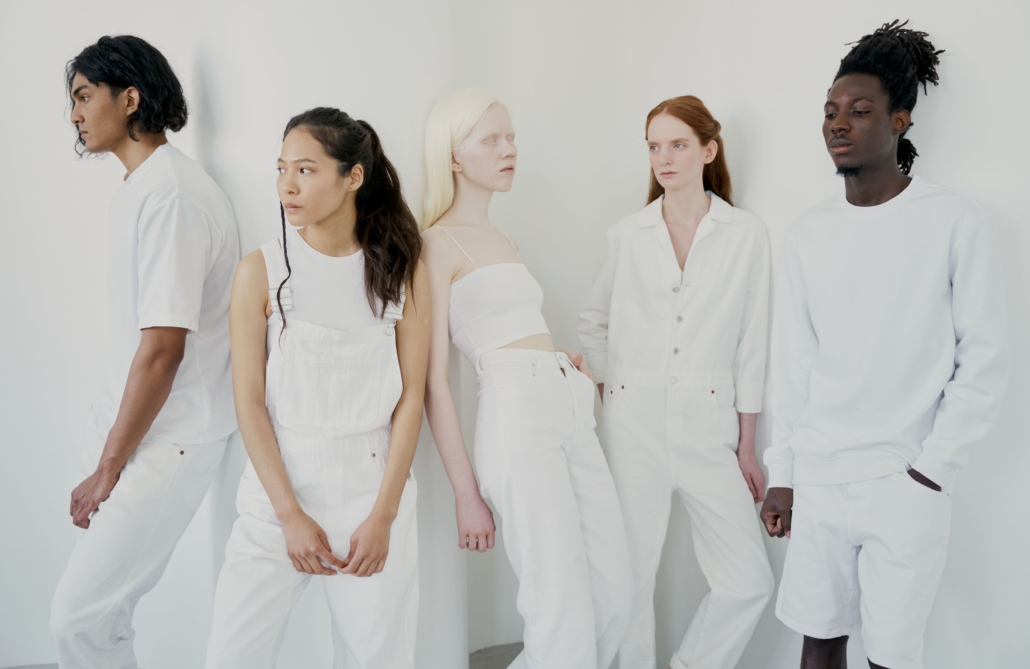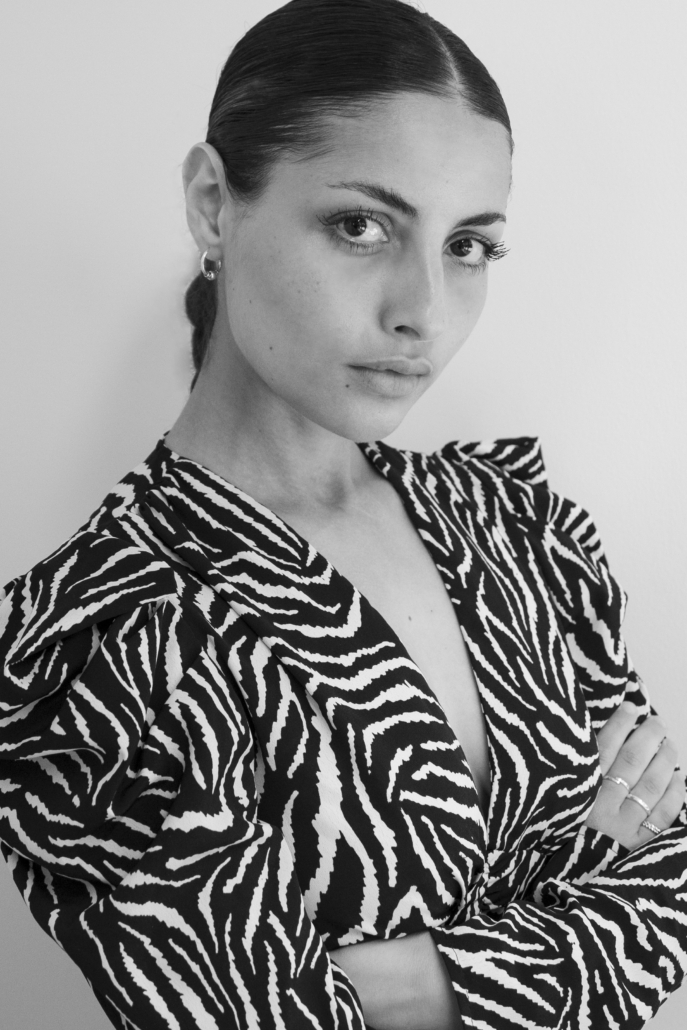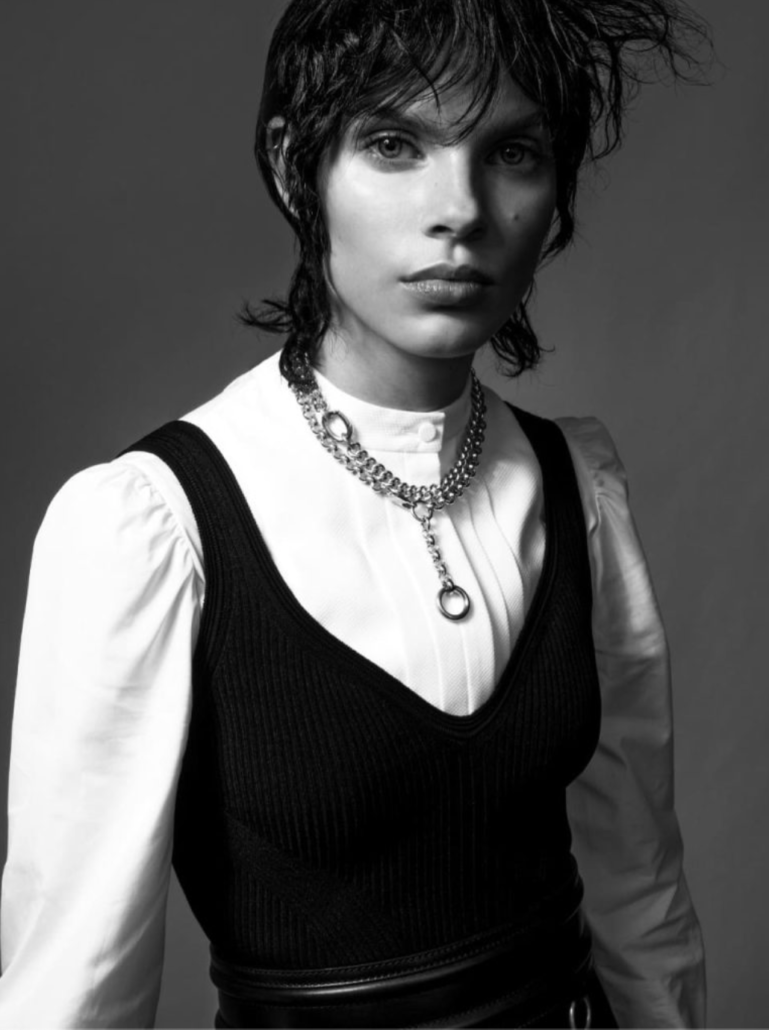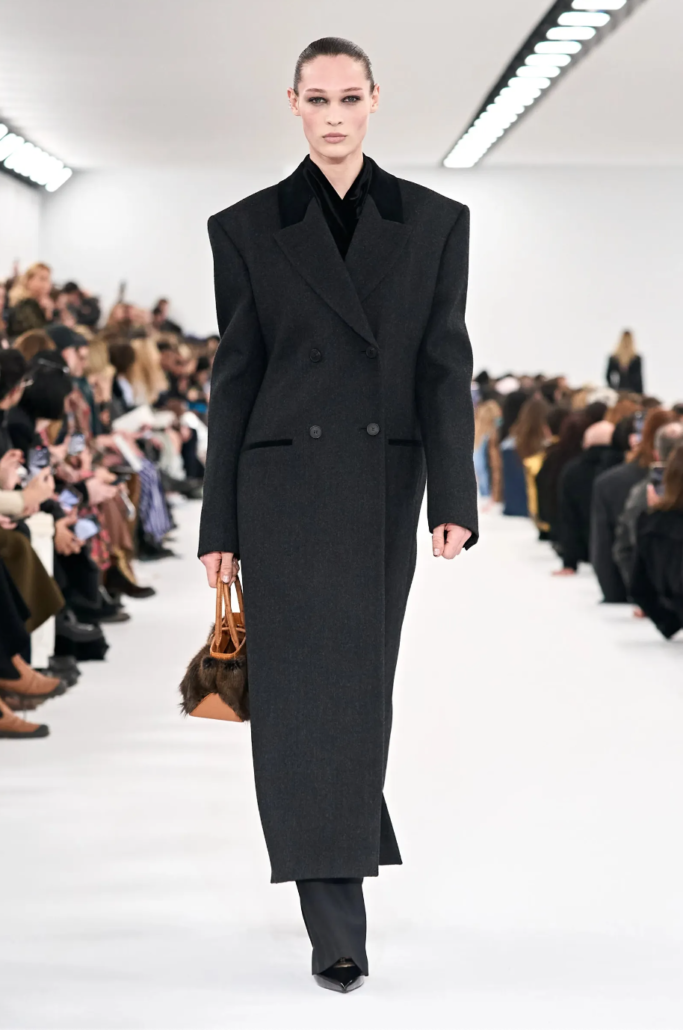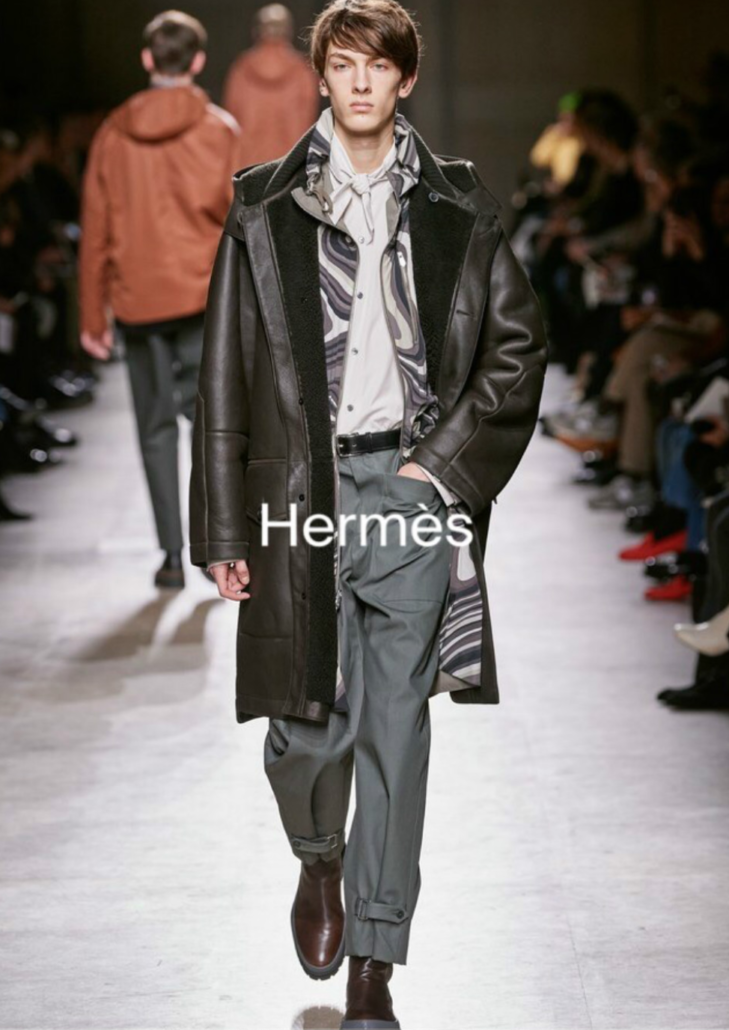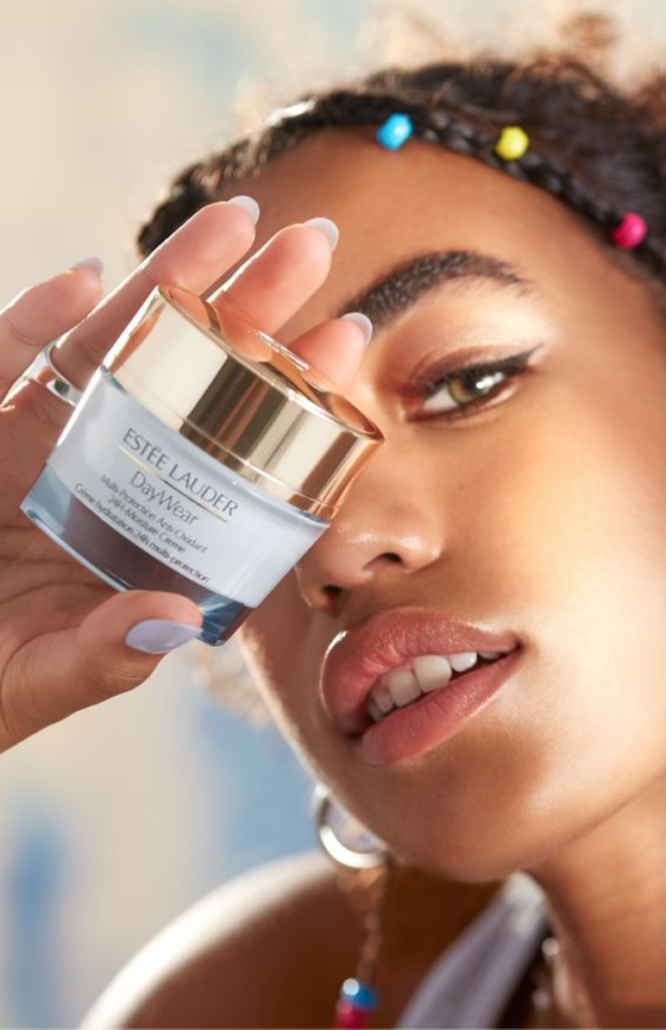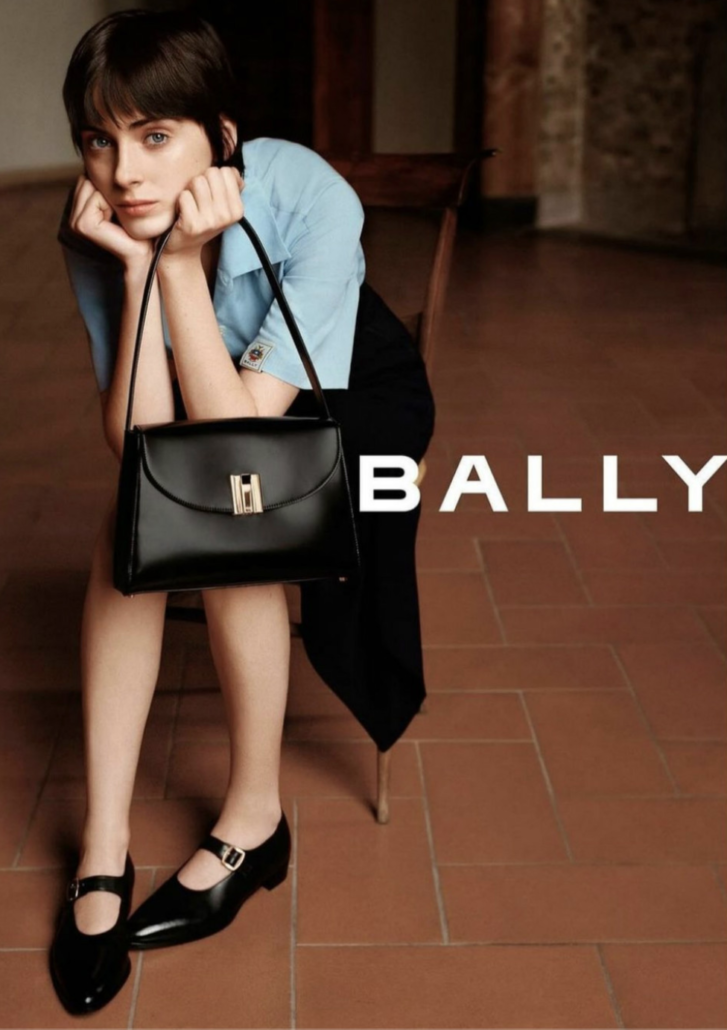DIVERSITY IS BEAUTY’S NEW NORM
Diversity is beautiful in the realms of beauty and fashion because it introduces a kaleidoscope of styles, traditions, and aesthetics that enrich and expand our appreciation of beauty. It inspires creativity by blending various cultural influences, leading to innovative and unique fashion statements. Embracing diversity in beauty and fashion allows us to celebrate the unique features and styles of individuals from all backgrounds, fostering an inclusive environment where everyone can feel represented and valued. This celebration of differences enhances the vibrancy and dynamism of the beauty and fashion industries, creating a more colorful and harmonious world where everyone’s unique beauty is recognized and celebrated.
Beauty Hub Magazine spoke with model casting agent Lina Alayah-Iraoui to discuss the changes in the modeling industry today from an agent’s perspective.
BH: Give us some background on your career as an agent.
I graduated from university with a degree in Fashion Marketing and merchandising. After that, I began interning at fashion brands and realized I really enjoyed the casting and model booking side of fashion. I eventually pivoted towards model management and joined Public Image Management. I worked there for several years as a model agent and scout. Then, I packed all my things and moved across the ocean to work as a Scouting Manager for Linden Staub and a New Faces agent for Viva Model Management in London, UK.
What are you looking for in scouting a model?
When I’m out scouting, I am not looking for a specific ‘look’ or a kind of beauty that’s ‘conventionally attractive’. The height is usually the first thing I notice. Then, I observe the person’s general look (head-to-toe) and facial features. The advertising and fashion world is extensive. Clients have varied tastes, so it’s important to have an open mind and a diverse outlook when it comes to scouting!
What does conventional beauty look like?
Conventional beauty is great for commercial and beauty modeling. It is a look that is considered attractive by the general public.
What are brands looking for in a model these days? How has diversity changed in the industry over the last several years?
Every client has a different target audience. They are always looking for models that represent their brand image and resonate with the demographic they want to attract. We are currently on a great progressive path, and we are seeing a lot of diversity in fashion—not only ethnic representation but gender and body representation as well. Socio-political movements have made brands question and adjust to new types of models, and I am hoping we continue on this path in the long term.
How important is bone structure when choosing a face?
I’m a sucker for a face with strong bone structure. But I am not looking for one specific face shape. It depends on the rest of the model’s facial features; you don’t necessarily always need a chiseled jawline and high cheekbones!
What has happened with agencies due to the lack of fashion magazines in print?
A lot of magazines have turned to digital and release fewer physical copies than before. The digital era has also impacted the way agencies and models work on a day-to-day basis. For example, models used to carry physical portfolios with tearsheets inside, showing their best editorial work. Now, the majority of models have switched to carrying iPads instead. It is certainly an easier and cheaper option (no printing, less heavy to carry and can be updated on the go!), but I think there is beauty in tradition. Nothing beats looking at a model portfolio and flipping the pages to discover what’s next… Same thing with magazines.
When did videos start happening for model casting?
They became very popular during the COVID lockdowns. Clients had to book models without meeting them in person first, so videos and online castings via Google Meet or Zoom became extremely useful during these times. There are more in-person castings now, but videos and online meetings are still crucial for direct bookings and international placements.
What has changed in the modeling industry in the last few years?
Diversity has largely improved (on a global scale). There are also a lot more regulations for models. For example, several countries have implemented rules when it comes to bookings: no underage models allowed to work, models need to have a minimum BMI in order to work, younger models must be chaperoned at all times, no overtime hours, etc. I think this is a huge step forward to really ensure the well-being of our talent and make sure they are taken care of and protected. Back in the day, you had girls as young as 13 who were sent to the Asian market on their own for several months… I am glad that stricter regulations have been implemented. The model’s well-being always comes first.
How do different countries’ regulations vary?
Each country has their own set of rules and regulations when it comes to modelling. France is a country that is taking the matter seriously and they have implemented multiple regulations to ensure a model’s well-being. Several countries in Europe require models to have a written medical certificate confirming they are fit to work.
How safe is it for models?
It is a lot safer now. It’s important for models to pick the right agency to work with. A great agent will put the model first and be very communicative and transparent. After all, the model is our main client.. not the brands. When the models are underage, we always communicate with the parents or legal guardians.
What does your roster look like?
I try to keep a diverse roster as possible. Since clients’ needs change over time, we want to make sure we have models who can fit any casting requests.
What do you need to do to develop a new model?
The majority of New Faces are discovered randomly on the street. This means that a lot of them do not know much about the fashion and modelling industries when they first sign up with an agency. As agents, it is our duty to guide them throughout this new journey. We first begin with the Development stage. This is when we discuss a new look for the model to provide coaching and training (catwalk training, for example). We also organize test shoots to get them comfortable in front of the camera and to build their portfolio. They begin to learn how to pose, know what their best angles are, etc.
As a model, what should you do to find an agent?
Create your own personal brand. Find out what makes you different and run with it. Have a social media presence. Personality is crucial, so it’s important to work on that, too! Apply to several agencies. All agencies are different, so if one says no, it does not mean another one won’t say yes. All you need is one person who believes in you and sees your potential.
Why is it challenging to find a professional model for a hair shoot?
Reaching out to model agencies for a hair shoot can be quite challenging! The reason it is difficult to find a fashion model who is willing to do hair shoots is that agents usually have a set strategy for that model’s career. This strategy includes the model’s look (including their hairstyle and hair color). Agents and models are sometimes afraid to book hair shoots since they often dye or cut the model’s hair. Shoots that only involve wigs are usually easier, however!

